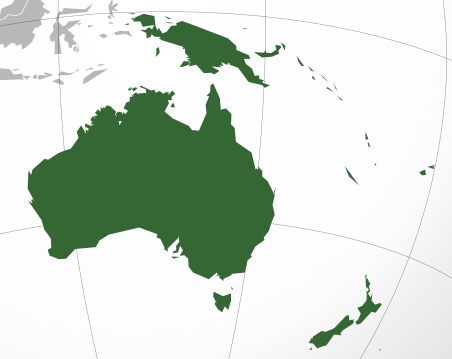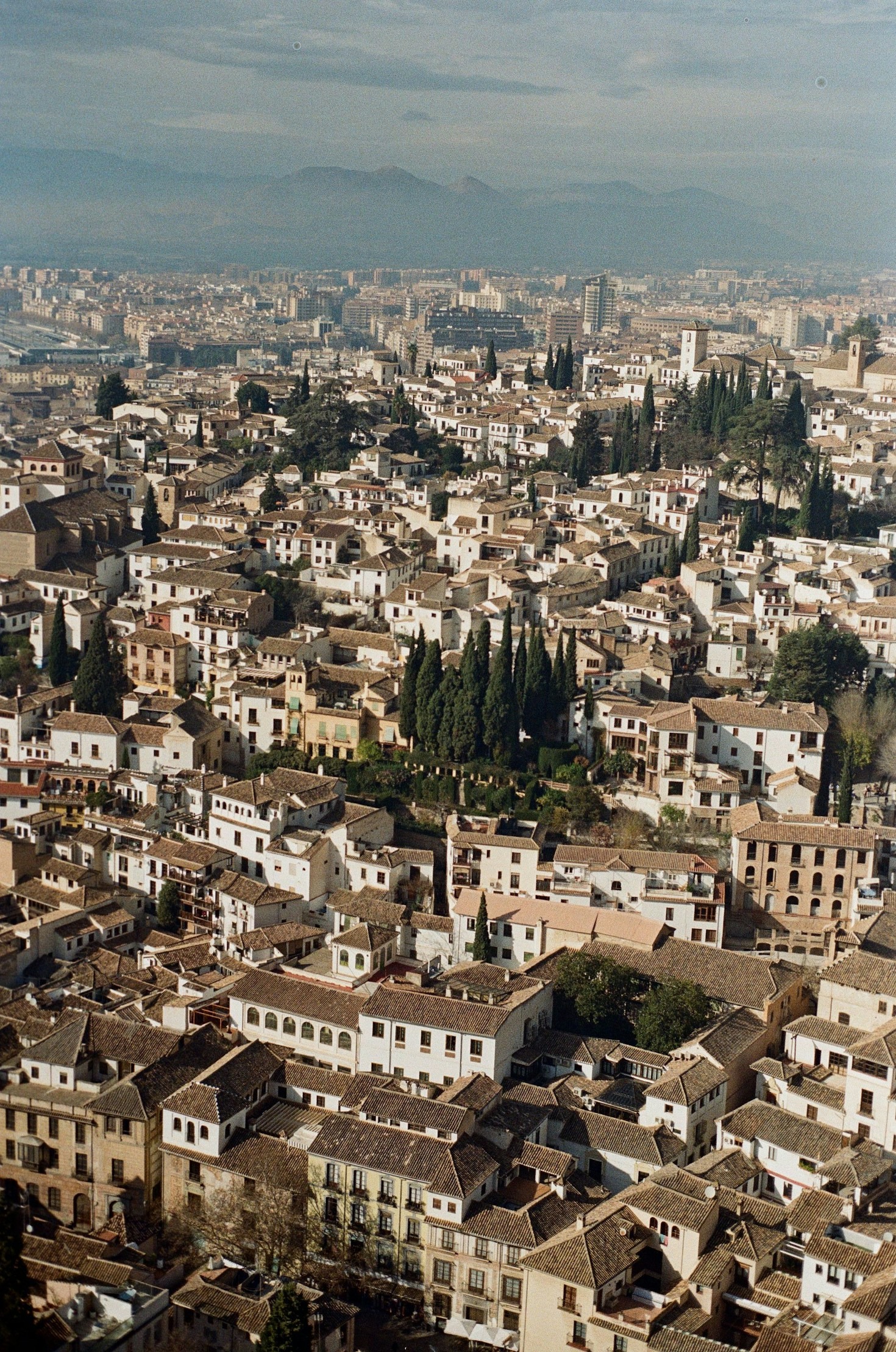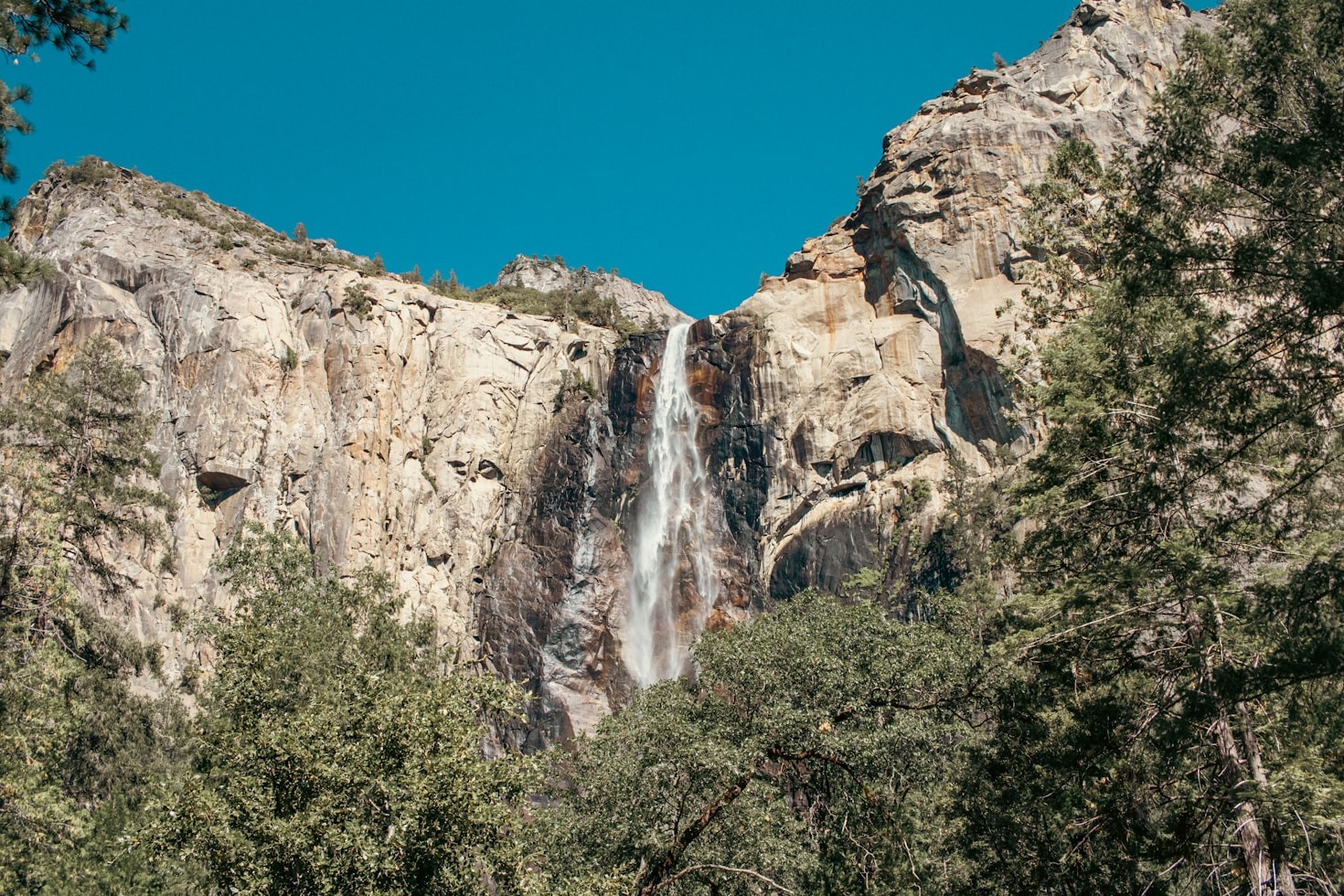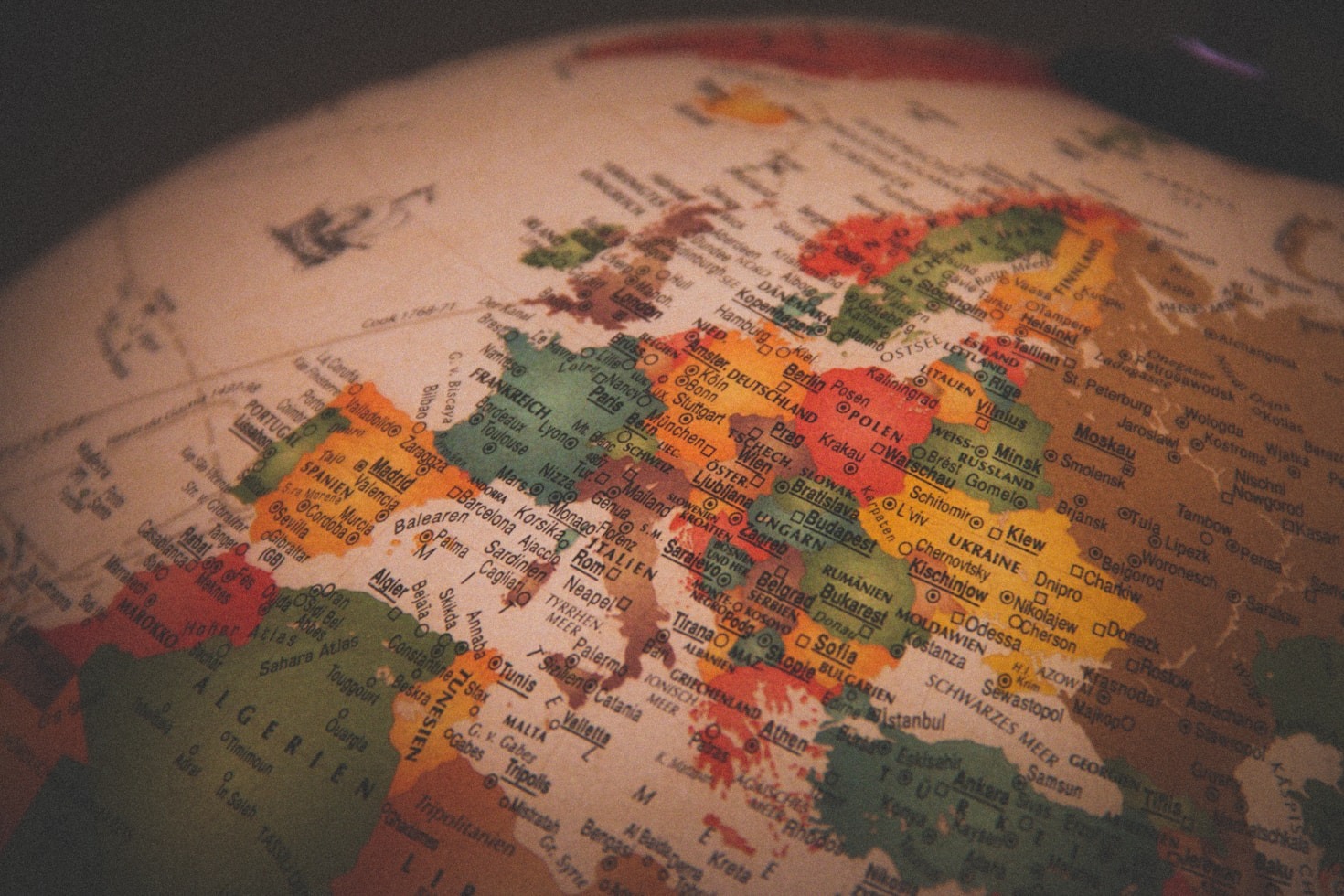
Discover your next destination below !
Oceania

Features Posts


Top Five Destinations for Culture Enthusiasts

A Guide to Hidden Gems of Southeast Asia

How to Travel Sustainably and Responsibly
Australia & New Zealand
Australia, the world’s sixth-largest country, is known for its vast and diverse landscapes, unique wildlife, and vibrant cities, offering a wide range of experiences for travelers. Canberra is the capital, while Sydney is the largest city. The country’s geography ranges from the Outback’s red deserts to the Great Barrier Reef and bustling coastal cities. Visitors can explore iconic landmarks like the Sydney Opera House and Uluru (Ayers Rock), experience Aboriginal culture, and enjoy outdoor activities like surfing, diving, and hiking. Australian culture is a blend of its indigenous Aboriginal heritage and European influences, with a relaxed outdoor lifestyle and a passion for sports. From exploring its cosmopolitan cities to discovering the natural wonders of the Outback, Australia offers an unforgettable adventure.
New Zealand, an island country in the southwestern Pacific Ocean, is known for its stunning natural beauty, diverse landscapes, and unique Maori culture, offering a wide range of experiences for travelers. Wellington is the capital, while Auckland is the largest city. The country is made up of two main islands: the North Island, with its volcanic landscapes and Maori culture, and the South Island, with its snow-capped mountains and fjords. Visitors can explore national parks like Fiordland, experience Maori traditions, and enjoy outdoor activities like hiking, skiing, and bungee jumping. New Zealand’s culture is a blend of Maori and European (Pakeha) influences, with a strong tradition of haka (war dance), Maori art, and a deep connection to the land. From exploring its vibrant cities to experiencing its breathtaking landscapes, New Zealand offers an unforgettable South Pacific adventure.
Norfolk Island, an Australian external territory in the South Pacific Ocean, is known for its stunning natural beauty, rich history, and unique culture, offering a tranquil and fascinating escape for travelers. The island’s landscape features rolling green hills, dramatic cliffs, and pristine beaches. Visitors can explore the island’s convict-era history at Kingston, a UNESCO World Heritage Site, enjoy water activities like snorkeling and diving, and discover the island’s unique flora and fauna. Norfolk Island’s culture is a blend of Polynesian, British, and Pitcairn Islander influences, with its own language, Norfuk. The island offers a relaxed pace of life, a friendly local community, and a rich heritage. From exploring its historical sites to enjoying its natural beauty, Norfolk Island provides a distinctive South Pacific experience.
Melanesia
Fiji, an island nation in the South Pacific, is known for its stunning beaches, crystal-clear waters, and vibrant coral reefs, offering a tropical paradise experience for travelers. Suva, the capital, on Viti Levu, is a bustling city with a blend of modern and colonial architecture. The archipelago is made up of more than 300 islands, known for their friendly locals and diverse landscapes. Visitors can relax on white-sand beaches, explore lush rainforests, and enjoy world-class diving and snorkeling. Fijian culture is a rich blend of Melanesian and Polynesian influences, with a strong tradition of kava ceremonies, meke dances, and a warm, welcoming atmosphere. From exploring the vibrant markets to enjoying the pristine natural beauty, Fiji provides an unforgettable South Pacific escape.
New Caledonia, a French territory in the South Pacific, is known for its stunning lagoons, diverse landscapes, and unique blend of French and Kanak cultures, offering a sophisticated and adventurous experience for travelers. Nouméa, the capital, is a cosmopolitan city with French colonial architecture and a vibrant waterfront. The archipelago is surrounded by one of the world’s largest coral reefs, boasting pristine beaches and crystal-clear waters. Visitors can explore lush rainforests, hike to scenic viewpoints, and discover the unique flora and fauna of this biodiversity hotspot. New Caledonian culture is a blend of French and Kanak traditions, with a rich heritage of Kanak art, music, and dance. From exploring the vibrant capital to enjoying the natural beauty of its islands, New Caledonia provides a unique South Pacific experience with a French flair.
Papua New Guinea, a country in the southwestern Pacific, is known for its rugged mountain ranges, dense rainforests, and unique indigenous cultures, offering an adventurous and culturally rich experience for travelers in 2025. Port Moresby, the capital, is a bustling city with a mix of modern and traditional influences.
The country’s geography is diverse, featuring volcanic landscapes, coral reefs, and numerous islands. Visitors can trek through the highlands, explore the Sepik River, and experience the vibrant traditions of its many tribes.
Papua New Guinean culture is incredibly diverse, with hundreds of distinct languages and ethnic groups, each with its own unique customs, art, and ceremonies. From exploring the remote villages to diving in pristine coral reefs, Papua New Guinea offers a unique and unforgettable South Pacific adventure.
The Solomon Islands, an archipelago in the South Pacific, is known for its stunning natural beauty, World War II history, and diverse marine life, offering a unique and adventurous destination for travelers. Honiara, the capital, on Guadalcanal Island, is the main hub. The islands feature volcanic landscapes, lush rainforests, and pristine coral reefs. Visitors can explore World War II sites, including Guadalcanal battlefields and shipwrecks, enjoy world-class diving and snorkeling, and discover the unique cultures of the various island communities. Solomon Islander culture is diverse, with many distinct languages and traditions. The islands offer a blend of historical significance, natural beauty, and vibrant Melanesian culture. From exploring the wartime history to experiencing the pristine natural environment, the Solomon Islands provide a memorable South Pacific adventure.
Vanuatu, an island nation in the South Pacific, is known for its volcanic landscapes, unique cultural traditions, and world-class diving, offering an adventurous and culturally rich experience for travelers. Port Vila, on Efate Island, is the capital and main hub. The islands feature active volcanoes, lush rainforests, and stunning coral reefs. Visitors can witness volcanic eruptions on Tanna Island, explore traditional villages, and dive among World War II shipwrecks and vibrant marine life. Vanuatu’s culture is diverse, with over 100 distinct languages and traditions. The islands are known for their unique customs, including land diving (Naghol) on Pentecost Island and vibrant traditional ceremonies. From exploring the volcanic landscapes to experiencing the unique cultural heritage, Vanuatu offers an unforgettable South Pacific adventure.
Micronesia
The Federated States of Micronesia, a nation of islands spread across the western Pacific Ocean, offers a unique blend of stunning natural beauty, rich history, and diverse cultures for travelers. Palikir, on Pohnpei Island, is the capital. The islands feature lush rainforests, volcanic landscapes, and pristine coral reefs. Visitors can explore ancient ruins like Nan Madol on Pohnpei, enjoy world-class diving and snorkeling, and discover the unique traditions of the different island communities. Micronesian culture is diverse, with various ethnic groups, each with its own languages and customs. The islands offer a range of experiences, from exploring historical sites to enjoying the natural beauty of the beaches and lagoons. From diving in the clear Pacific waters to experiencing the vibrant local cultures, the Federated States of Micronesia provides a unique and unforgettable South Pacific adventure.
Guam, a U.S. territory in the western Pacific Ocean, is known for its beautiful beaches, rich history, and unique blend of Chamorro and American cultures, offering a diverse and engaging experience for travelers. Hagåtña is the capital city. The island features a mix of modern amenities and natural beauty. Visitors can explore World War II historical sites, relax on beautiful beaches, and discover the unique Chamorro culture. Guam offers a variety of activities, including water sports, hiking, and exploring the local cuisine. Guamanian culture is a blend of indigenous Chamorro traditions with American influences, with a strong emphasis on family, hospitality, and a rich heritage of music, dance, and food. From exploring its historical sites to enjoying its natural beauty, Guam provides a unique and memorable Pacific Island experience.
Kiribati, an island nation in the central Pacific Ocean, is known for its stunning atolls, pristine beaches, and unique Micronesian culture, offering a remote and authentic experience for travelers. The nation is composed of 33 coral atolls, scattered across a vast expanse of ocean. Visitors can explore remote villages, enjoy world-class fishing and diving, and witness traditional Kiribati dance and music. The islands offer a glimpse into a unique way of life, deeply connected to the ocean. Kiribati culture is rich and diverse, with a strong emphasis on community, traditional crafts, and seafaring skills. From exploring the remote outer islands to experiencing the warmth and hospitality of the I-Kiribati people, Kiribati provides an unforgettable Pacific Island adventure.
The Marshall Islands, a nation of atolls and islands in the central Pacific Ocean, is known for its stunning marine beauty, World War II history, and unique Micronesian culture, offering a remote and adventurous experience for travelers. Majuro is the capital and largest city. The islands are composed of 29 coral atolls and five main islands, featuring pristine beaches, clear lagoons, and vibrant coral reefs. Visitors can explore World War II sites, enjoy world-class diving and snorkeling, and discover the unique traditions of the Marshallese people. Marshallese culture is rich and diverse, with a strong emphasis on community, traditional navigation skills, and a deep connection to the ocean. From exploring the historic sites to experiencing the natural beauty of its islands, the Marshall Islands provide an unforgettable Pacific Island adventure.
Nauru, an island nation in Micronesia, is known for its unique phosphate mining history and its remote location, offering a distinctive and off-the-beaten-path experience for travelers. The island’s landscape has been significantly altered by phosphate mining, but it still features coastal areas and a central plateau. Visitors can learn about the island’s history, explore the coastline, and experience the local culture. Nauruan culture is distinct, with traditions that have been shaped by the island’s unique environment and history. The Nauruan people have a rich heritage of music, dance, and storytelling. From learning about the island’s past to experiencing its present-day culture, Nauru offers a glimpse into a unique Pacific Island nation.
The Northern Mariana Islands, a U.S. territory in the western Pacific Ocean, are known for their beautiful beaches, historical significance, and diverse landscapes, offering a blend of relaxation and exploration for travelers. Saipan is the largest island and capital. The islands offer a mix of modern amenities and natural beauty. Visitors can explore World War II historical sites, including battlefields and memorials, relax on pristine beaches, and discover the unique Chamorro and Carolinian cultures. The culture of the Northern Mariana Islands is a blend of indigenous Chamorro and Carolinian traditions with American influences, with a strong emphasis on family, hospitality, and a rich heritage of music, dance, and food. From exploring its historical sites to enjoying its natural beauty, the Northern Mariana Islands provide a unique and memorable Pacific Island experience.
Palau, an island nation in the western Pacific Ocean, is known for its stunning marine biodiversity, unique rock islands, and rich cultural heritage, offering an unforgettable experience for travelers. Koror is the main commercial center, and Melekeok is the capital. The country is an archipelago of over 500 islands, famous for the Rock Islands Southern Lagoon, a UNESCO World Heritage Site. Visitors can explore pristine coral reefs, swim in the unique Jellyfish Lake, and discover World War II historical sites. Palauan culture is a blend of Micronesian traditions, with a strong emphasis on community, traditional craftsmanship, and a deep connection to the ocean. From exploring its breathtaking marine environments to experiencing its vibrant cultural traditions, Palau offers a unique and unforgettable Pacific Island adventure.
Polynesia
American Samoa, a U.S. territory in the South Pacific, is known for its stunning volcanic landscapes, rich Samoan culture, and beautiful coral reefs, offering a unique and authentic Polynesian Pago Pago, on Tutuila Island, is the capital. The territory consists of five volcanic islands and two coral atolls, featuring lush rainforests, rugged coastlines, and pristine beaches. Visitors can explore National Park of American Samoa, enjoy world-class diving and snorkeling, and experience traditional Samoan culture. Samoan culture is rich and vibrant, with a strong emphasis on family, community, and traditional values, including the fa’a Samoa (“the Samoan Way”). From exploring the natural beauty of the islands to experiencing the warmth and hospitality of the Samoan people, American Samoa provides an unforgettable South Pacific adventure.
The Cook Islands, a self-governing island nation in the South Pacific, are known for their stunning turquoise lagoons, pristine beaches, and warm Polynesian culture, offering a tranquil and idyllic escape for travelers. Rarotonga is the largest island and home to the capital, Avarua. The islands offer a range of experiences, from relaxing on the beautiful beaches and swimming in the crystal-clear waters to exploring lush volcanic landscapes and vibrant coral reefs. Visitors can enjoy activities such as snorkeling, diving, sailing, and experiencing traditional Polynesian dance and music. Cook Islands culture is rich and vibrant, with a strong emphasis on family, community, and traditional values. The islands are known for their friendly locals, laid-back atmosphere, and unique blend of Polynesian traditions. From exploring the natural beauty of the islands to experiencing the warmth and hospitality of the Cook Islands people, this destination provides an unforgettable South Pacific adventure.
French Polynesia, an overseas collectivity of France in the South Pacific, is known for its stunning volcanic islands, turquoise lagoons, and luxurious resorts, offering a স্বপ্নlike and exotic escape for travelers. Papeete, on the island of Tahiti, is the capital and main hub. The islands offer a range of experiences, from relaxing in overwater bungalows and swimming in crystal-clear waters to exploring lush rainforests and dramatic volcanic landscapes. Visitors can enjoy activities such as snorkeling, diving, sailing, and experiencing traditional Polynesian dance and music. French Polynesian culture is rich and vibrant, with a strong emphasis on family, community, and traditional values. The islands are known for their friendly locals, laid-back atmosphere, and unique blend of Polynesian and French traditions. From exploring the natural beauty of the islands to experiencing the warmth and hospitality of the French Polynesian people, this destination provides an unforgettable South Pacific adventure.
Niue, a small island nation in the South Pacific, is known for its stunning limestone cliffs, clear turquoise waters, and unique Polynesian culture, offering a tranquil and authentic escape for travelers. The island is one of the world’s largest raised coral atolls, surrounded by a narrow reef. Visitors can explore its dramatic coastline, swim in natural pools, and enjoy activities such as snorkeling, diving, and caving. Niue is also known for its friendly locals and laid-back atmosphere. Niuean culture is rich and vibrant, with a strong emphasis on family, community, and traditional values. The island has its own language, Niuean, and a unique blend of Polynesian traditions. From exploring the natural beauty of the island to experiencing the warmth and hospitality of the Niuean people, this destination provides an unforgettable South Pacific adventure.
The Pitcairn Islands, a British Overseas Territory in the South Pacific, are known for their remote location, rugged volcanic landscapes, and unique history as the refuge of the Bounty mutineers, offering an extraordinary and off-the-beaten-path experience. Pitcairn, the main island, features steep cliffs and a limited area of arable land. Visitors can explore the island’s historical sites, meet the descendants of the Bounty mutineers, and enjoy the pristine natural environment. Because coral reefs are absent, fishing is done offshore. Pitcairn’s culture is a unique blend of British and Tahitian influences, with its own distinct dialect, Pitkern. The islanders maintain a strong sense of community and a simple, self-sufficient way of life. From exploring its isolated beauty to experiencing its fascinating history, the Pitcairn Islands provide an unforgettable and unique South Pacific adventure.
Samoa, an island nation in the South Pacific, is known for its lush volcanic landscapes, beautiful beaches, and rich Polynesian culture, offering a tranquil and authentic experience for travelers. Apia, on Upolu Island, is the capital and largest city. The islands feature rainforests, waterfalls, and stunning coastlines. Visitors can explore the natural beauty of Upolu and Savai’i, relax on pristine beaches, and discover the unique traditions of Samoan culture, including the traditional fale (house) and the art of tattooing (tatau). Samoan culture is deeply rooted in Fa’a Samoa, the “Samoan Way,” which emphasizes family, community, and respect for elders. The islands are known for their warm hospitality, traditional music and dance, and a strong connection to the natural world. From exploring the lush interiors to enjoying the vibrant cultural traditions, Samoa provides an unforgettable South Pacific adventure.
Tokelau, a non-self-governing territory of New Zealand in the South Pacific, is known for its remote location, pristine atolls, and unique Polynesian culture, offering a tranquil and authentic experience for travelers seeking an off-the-beaten-path destination. Tokelau consists of three coral atolls: Atafu, Nukunonu, and Fakaofo. Each atoll has its own administrative center. Visitors can experience traditional island life, explore the stunning lagoons, and enjoy activities such as fishing, snorkeling, and interacting with the local communities. Tokelauan culture is deeply rooted in its Polynesian heritage, with a strong emphasis on community, family, and respect for the natural environment. The Tokelauan people maintain a traditional way of life, with a unique language and customs. From experiencing the remote beauty of the atolls to immersing oneself in the vibrant local culture, Tokelau provides an unforgettable and unique South Pacific adventure.
Tonga, an island nation in the South Pacific, is known for its stunning royal heritage, pristine beaches, and warm Polynesian culture, offering a unique and authentic experience for travelers. Nuku’alofa, on the island of Tongatapu, is the capital and main hub. The islands feature coral atolls, volcanic landscapes, and lush rainforests. Visitors can explore ancient royal sites, swim in clear turquoise waters, and witness traditional Tongan dance and music. Tonga is also one of the few places in the world where you can swim with humpback whales. Tongan culture is deeply rooted in its Polynesian heritage, with a strong emphasis on family, community, and respect for tradition. The Tongan people maintain a unique language and customs, and the nation is proud of its monarchy, the only one in the South Pacific. From exploring the ancient sites to experiencing the warmth and hospitality of the Tongan people, Tonga provides an unforgettable South Pacific adventure.
Tuvalu, an island nation in the South Pacific, is known for its remote location, pristine atolls, and unique Polynesian culture, offering a tranquil and authentic experience for travelers. Funafuti is the capital atoll. The nation is composed of nine small coral atolls, featuring beautiful lagoons, tiny islets, and a traditional way of life. Visitors can experience the laid-back island atmosphere, explore the surrounding marine environment, and interact with the friendly local communities. Tuvaluan culture is deeply rooted in its Polynesian heritage, with a strong emphasis on community, family, and respect for tradition. The Tuvaluan people maintain a unique language and customs, and their way of life is closely connected to the ocean. From exploring the remote atolls to experiencing the warmth and hospitality of the Tuvaluan people, Tuvalu provides an unforgettable South Pacific adventure.
Wallis and Futuna, a French overseas collectivity in the South Pacific, is known for its remote location, volcanic landscapes, and authentic Polynesian culture, offering a unique and off-the-beaten-path experience for travelers. Mata-Utu, on Wallis Island, is the capital. The territory is composed of three main volcanic islands and several smaller islets. Visitors can explore lush rainforests, hike to volcanic craters, and relax on pristine beaches. The islands offer a glimpse into traditional Polynesian life, with a strong emphasis on community and cultural traditions. The culture of Wallis and Futuna is deeply rooted in its Polynesian heritage, with a unique language and customs. Traditional ceremonies, music, and dance are an important part of life. From exploring the remote volcanic landscapes to experiencing the warmth and hospitality of the local people, Wallis and Futuna provides an unforgettable South Pacific adventure.
Polar Regions
The Federated States of Micronesia, a nation of islands spread across the western Pacific Ocean, offers a unique blend of stunning natural beauty, rich history, and diverse cultures for travelers. Palikir, on Pohnpei Island, is the capital. The islands feature lush rainforests, volcanic landscapes, and pristine coral reefs. Visitors can explore ancient ruins like Nan Madol on Pohnpei, enjoy world-class diving and snorkeling, and discover the unique traditions of the different island communities. Micronesian culture is diverse, with various ethnic groups, each with its own languages and customs. The islands offer a range of experiences, from exploring historical sites to enjoying the natural beauty of the beaches and lagoons. From diving in the clear Pacific waters to experiencing the vibrant local cultures, the Federated States of Micronesia provides a unique and unforgettable South Pacific adventure.
Antarctica, the southernmost continent, is a land of extreme cold, vast ice sheets, and unique wildlife. It’s geographically isolated and experiences very little precipitation, classifying it as a polar desert. The continent is home to the South Pole and is surrounded by the Southern Ocean. Despite its harsh conditions, Antarctica supports a variety of species, including penguins, seals, whales, and various seabirds. Human presence is primarily limited to research stations, as the Antarctic Treaty System prohibits territorial claims and military activities, focusing instead on scientific investigation and environmental protection. This makes Antarctica a crucial area for studying climate change and understanding Earth’s natural history.
Heard Island and McDonald Islands, an Australian territory in the Southern Ocean, are remote and uninhabited volcanic islands, known for their unique subantarctic environment and pristine natural beauty, offering a destination for scientific research and very limited tourism. The islands are characterized by glaciers, rugged terrain, and volcanic features, including Mawson Peak, Australia’s highest mountain. The surrounding waters are home to diverse marine life, including seals, penguins, and various seabirds. Due to their remote location and harsh climate, there is no permanent human population. Access is extremely limited, primarily for scientific expeditions. The islands’ unique ecosystem and geological features make them a destination of significant scientific interest.